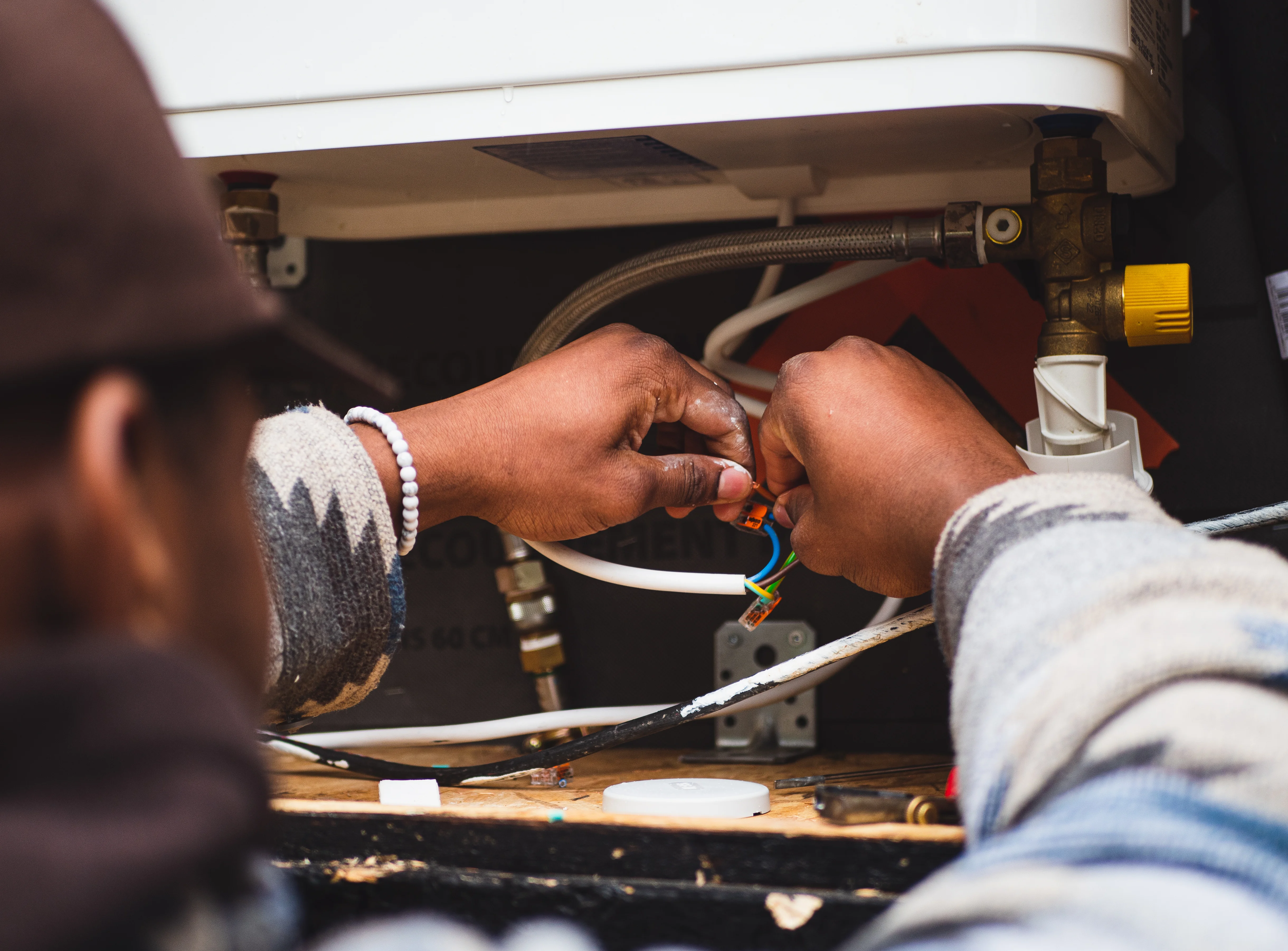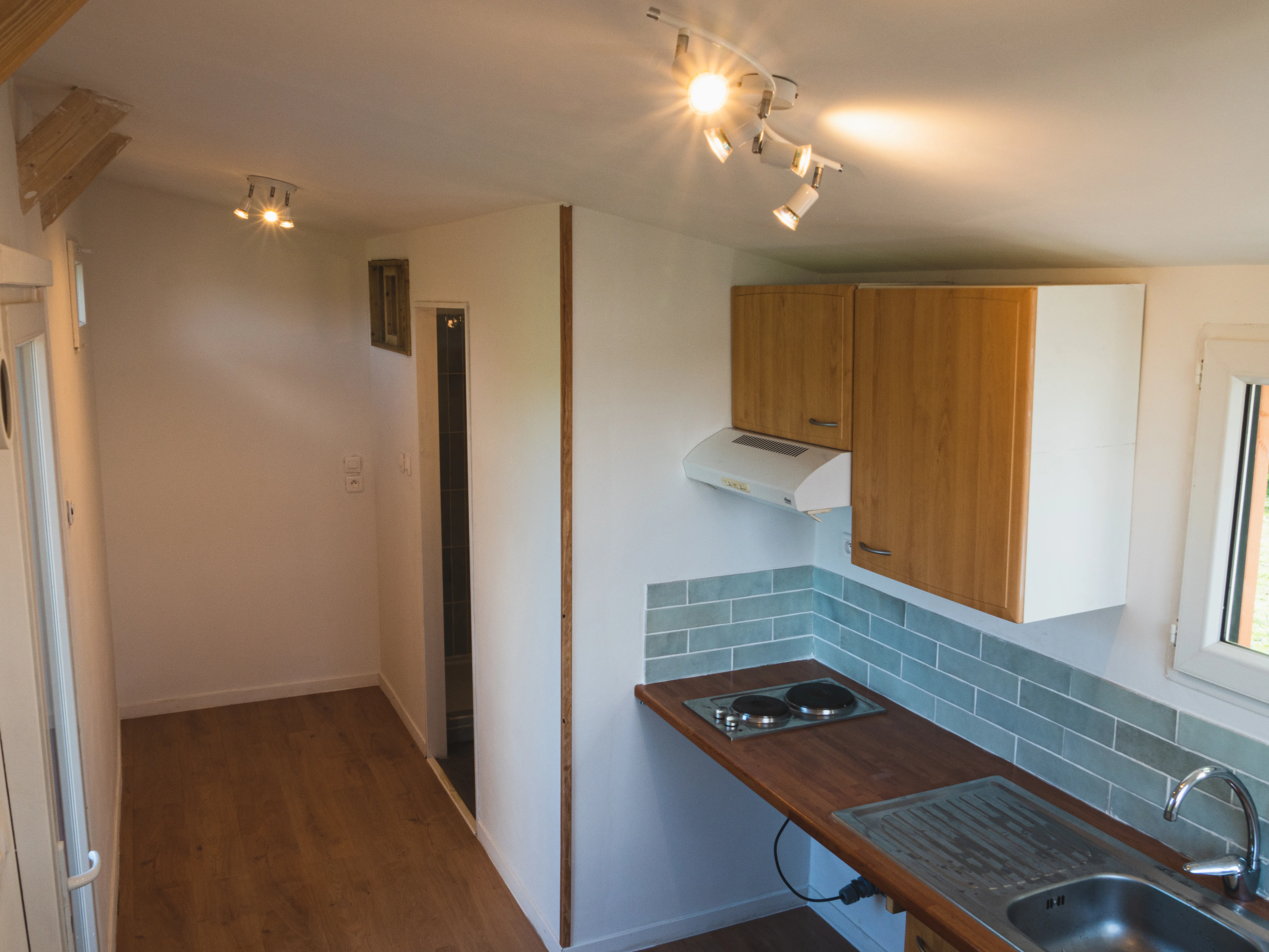Tiny House
Our initiative was to build a tiny house, focusing on sustainable, low-tech solutions. For three months, our efforts were concentrated on selecting the right architecture and engineering techniques.
Leading a team of six, I was at the forefront of devising methods to maintain warmth in winter and coolness in summer without conventional modern systems. Our creativity was our ticket to standing out, crucial for winning over the jury by showcasing how our unique solutions distinguished us from other teams.
Given our commitment to low-tech, an electric heater was off the table. Instead, we turned to nature's own heater, the Sun. Toulouse's generous sunlight, even in winter, inspired our solar heating solution. We constructed a system with a wooden frame, slate tiles to absorb heat, all covered by glass to create a greenhouse effect. This setup included vents at the bottom to draw in cooler air and an exit at the top to circulate warm air into the living space, effectively warming the house as air flowed over the heated slates.
In just a few days, we assembled a prototype. Prototyping allowed us to test various innovative solutions and refine our approach. The results? Astonishingly effective.

Over the course of just under two hours on a spring day, with the sun shining at an average of 17°C, we recorded an impressive exhaust air temperature exceeding 40°C. Even when the setup was moved into the shade, the air retained significant warmth, cooling only to 35°C after half an hour, showcasing the good heat retention capabilities of the slate tiles.
Our challenge extended beyond mere heating solutions. Every aspect of the house, from water systems, robust walls, durable exterior cladding, to basic electricity, had to be meticulously planned and executed.
Here are some snapshots from our journey:



This project wasn't just an academic exercise; it was a real-world challenge. We were building from the ground up for an actual client—a homeless individual from the outskirts of Toulouse. This added a layer of significance, turning our project into a heartfelt mission to provide not just shelter, but a home.
Flexibility was our mantra, navigating through resource limitations with innovative problem-solving. Open, continuous communication was the backbone of our collaboration, keeping us aligned and on track.
Despite the breadth of these tasks, we managed to complete the project within our tight schedule, often pushing into extra hours to ensure every detail was perfect. Remarkably, we only exceeded our initial €13,000 budget by less than €500, a testament to our team's resourcefulness and dedication to cost-effective innovation. This minor overrun was a small price for the quality and sustainability we achieved, delivering a fully functional tiny home ready for its new inhabitant.



